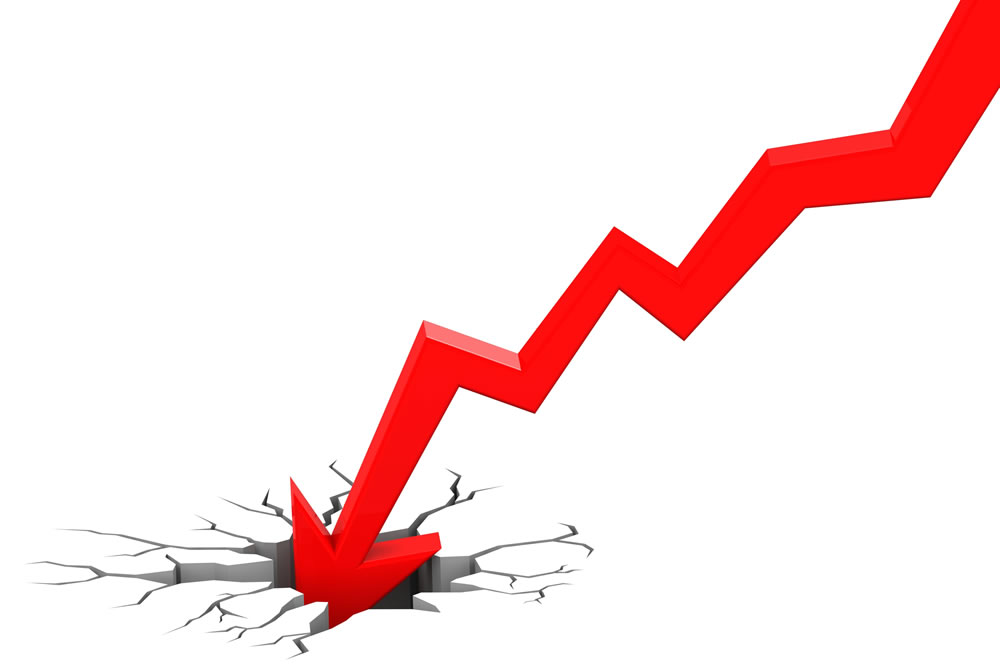Oil commodities continue their tumultuous trends amid plunging prices and brief rebounds. This, while providing renewed confidence despite the record-setting 7.8 million barrel supply and reaching the lowest prices since 2003. Deep drops followed by quick early February corrections correlate with a falling U.S. dollar and talks of a possible OPEC/non-OPEC meeting in the near future.
A crude oil price surge can’t come soon enough for many refineries, but the underlying problem of an excessive global supply – without a worldwide agreement to slow production – leaves the market volatile and, according to some, not quite at the bottom yet.
“Where is the low? How far can it fall?” John McLane, CEO of Mobius Asset Management queried of the situation that is widely believed to be caused by an output stalemate among the world’s top producers.
“It’s hard to pick any particular price. Low prices are cured by low prices, but until somebody steps forward and cuts production, those low prices are going to continue for a while. The world is awash in oil,” McLane said emphatically.
“The other part is that global macro economies are not all that great. Demand is increasing but not by the amount needed to take back barrels.”
McLane is a 35-year commodities expert and trading veteran who remembers the day when commodities came with a stigma of being high risk. Today, he specializes in developing trading programs that are centered on risk management.
“I don’t think you can build any effective program without first seeing exactly what your risks are, so that is just a core ingredient for me,” McLane said, adding that his programs have a proven track record of steady and consistent growth.
“Markets move more dramatically than they ever have,” he added, saying this is the result of high-frequency and algorithmic trading that has changed the norm from just five years ago. “We are into a new breed of market.”
With the world focusing on oil prices, McLane’s energy program – crude oil, distillate diesel, gasoline and natural gas – remains dynamic and robust. “Looking forward in energy today, I think the opportunities are basically back in terms of levels before we made this huge initial run starting in 2006-7,” he said.
“The factors involved today open up the possibilities that we are going to have better trading opportunities both on the upside and the downside,” McLane said, explaining, “The rest of the products will move along and do the same thing, be it distillate diesel fuels or gasoline. Natural gas is a little bit different animal because it’s more domestically traded.”
In addition to his energy program, McLane also has a longstanding diversified domestic commodities program that is trend and counter-trend driven. His third program, X-Ceed, is a more aggressive option that chases higher returns by looking at specific markets on a weekly or monthly basis.
McLane describes X-Ceed as discretionary, systematic and intuitively driven by his experience of knowing where to look to find the best returns. “So far it’s up to the challenge and has been positive.”
For more information visit: www.mobiusassetmanagement.com
How Low Can Oil Go?






